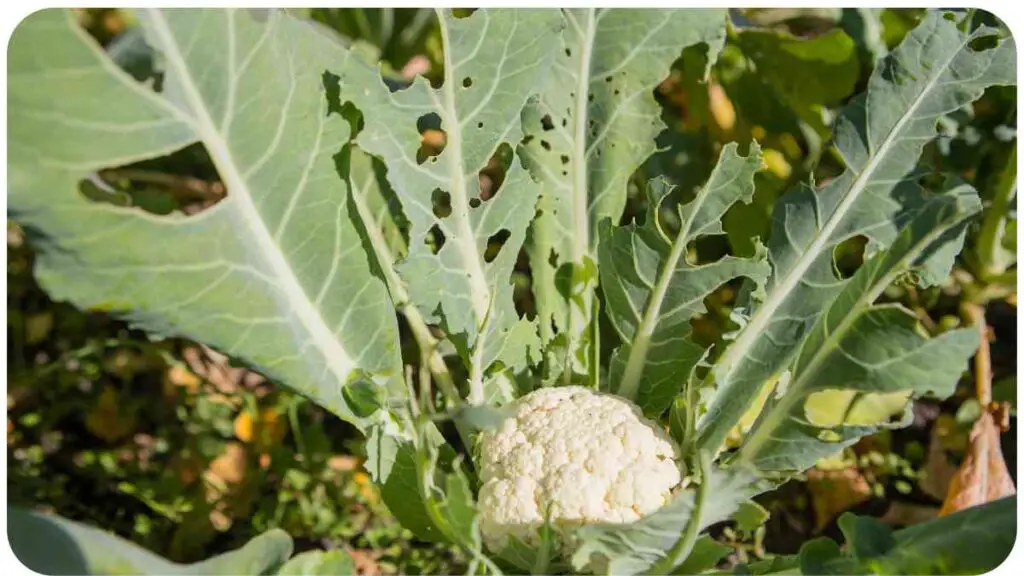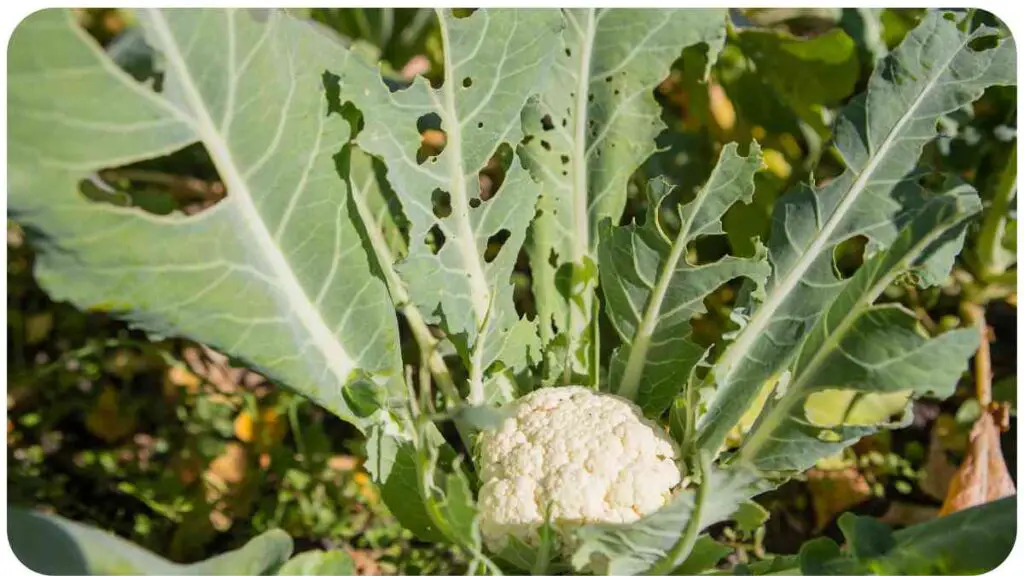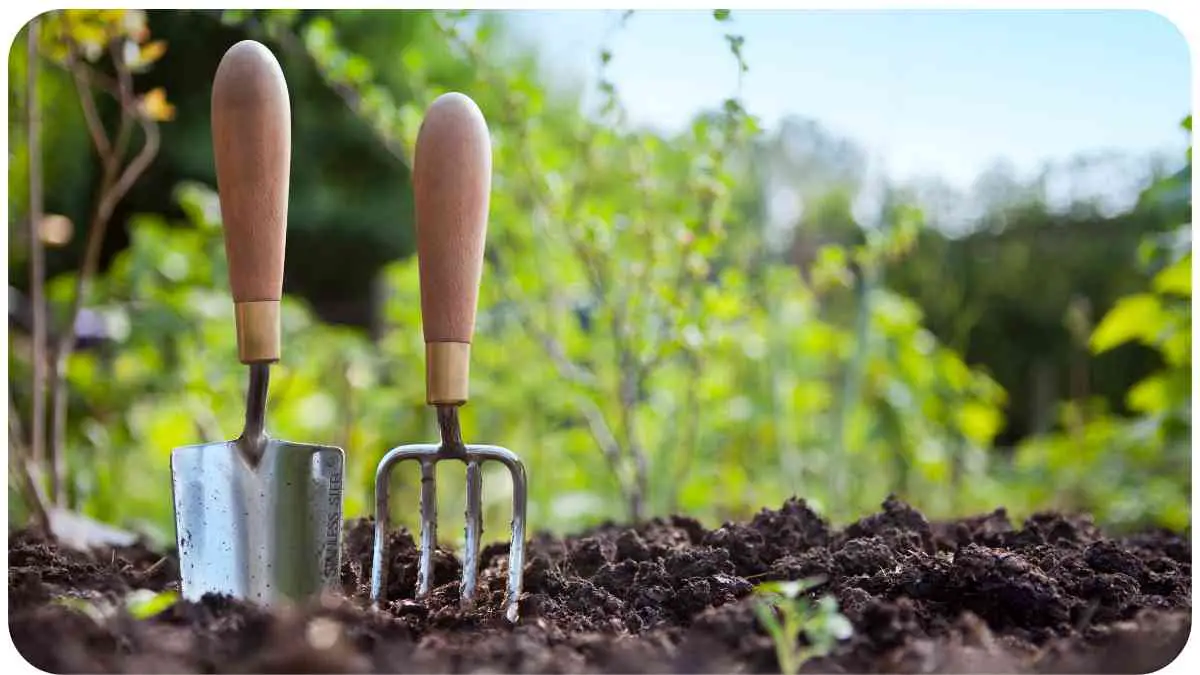Welcome, fellow gardeners and plant enthusiasts, to a comprehensive guide that delves into the intriguing world of Miracle-Gro plants and their mysterious wilting tendencies. Whether you’re a seasoned gardener or just starting your plant journey, this article will equip you with the knowledge and insights to understand why your lush greens might be showing signs of distress.
| Key Lessons |
|---|
| Understand the language of wilting: Limp, droopy leaves |
| Proper watering: Deep watering, consistent but not excessive |
| Soil preparation: Well-draining mix for healthy roots |
| Balanced nutrition: Follow instructions for fertilization |
| Pest management: Regular monitoring and natural remedies |
| Sunlight and temperature: Provide adequate but not excessive |
| Personal experiences: Learn from challenges and successes |
| Miracle-Gro best practices: Follow instructions carefully |
| Container gardening tips: Ensure drainage and regular feeding |
| Troubleshooting: Diagnose and address specific issues |
| Nutrient deficiencies: Recognize symptoms and solutions |
| FAQs: Address common queries with expert answers |
| Further reading: Explore additional resources for in-depth knowledge |
Understanding Plant Wilting
Why Do Plants Wilt?
Plant wilting can be likened to a universal language that your plants speak when they’re in need of help. Just like how we humans slump when we’re tired, plants droop and wilt to signal that something isn’t quite right in their environment. This could be due to a variety of factors, from water scarcity to nutrient imbalances.
When it comes to potting soil, replacing it regularly is crucial for maintaining healthy plants. Over time, nutrients deplete and drainage may worsen, affecting plant growth. Regular replacement ensures optimal conditions for your garden
Signs of Wilted Plants
Before we dive into the specifics of why your Miracle-Gro plants might be wilting, let’s first decipher the language of wilting. Look out for leaves that appear limp, lackluster, and noticeably droopy. These visual cues are like your plant’s way of sending up a flare, indicating that action needs to be taken.
Table 1: Signs of Wilting Plants
| Sign | Description |
| Limp Leaves | Leaves appear floppy and lack rigidity. |
| Drooping | The plant appears to be sagging downward. |
| Discoloration | Leaves may turn yellow or brown. |
Miracle-Gro: A Brief Overview
As a gardener, you’re likely familiar with Miracle-Gro, the brand synonymous with vibrant, healthy plants. Miracle-Gro offers a range of fertilizers designed to provide essential nutrients that plants need to thrive. However, even with the best intentions and quality products, your plants might still exhibit signs of wilting.
For indoor plants, knowing the best way to make potting mix is essential. Crafting a well-balanced mixture of organic matter, perlite, and peat moss provides the ideal soil composition for indoor plant health and growth
Factors Leading to Wilting in Miracle-Gro Plants
Miracle-Gro plants, despite their magical name, can succumb to wilting just like any other plants. Let’s explore some key factors that might be causing your Miracle-Gro plants to lose their luster.
Overwatering or Underwatering
Watering is an art, and finding the balance between too much and too little can be a challenge. Overwatering can suffocate the roots, leading to poor oxygen circulation, while underwatering can cause stress and nutrient imbalances.
Soil Drainage Issues
The foundation of a healthy plant starts with its roots, and proper drainage is crucial for root health. Stagnant water in the soil can drown roots and create an environment conducive to root rot.
Gnats can be a nuisance in potting soil, but finding a gnat-free option is possible. Look for specific potting soil blends designed to exclude or eliminate gnats, ensuring a pest-free environment for your plants.
Nutrient Imbalance
While Miracle-Gro fertilizers provide a wealth of nutrients, improper application or excessive use can lead to imbalances. Nutrient deficiencies or excesses can manifest as wilting, yellowing leaves, or stunted growth.
Table 2: Factors Leading to Wilting
| Factor | Description |
| Overwatering | Excessive watering can suffocate roots. |
| Underwatering | Insufficient watering leads to stress. |
| Soil Drainage | Poor drainage encourages root rot. |
| Nutrient Imbalance | Excess or deficiency affects plant health. |
Pests and Diseases

Even the most well-tended garden can fall prey to pests and diseases. Aphids, mites, and fungal infections are common culprits that can weaken plants and result in wilting.
Now that we’ve identified potential culprits behind wilting, let’s explore expert tips to prevent and address this issue effectively. Remember, your role as a gardener is like that of a detective, piecing together clues to restore your plants’ health.
Expert Tips for Preventing Wilting
Proper Watering Techniques
Watering your Miracle-Gro plants might seem straightforward, but it’s a crucial aspect of their well-being. Ensure that you water deeply and consistently, allowing the soil to dry slightly between watering sessions. Use the finger test—stick your finger into the soil up to your knuckle; if it feels dry, it’s time to water.
Table 3: Watering Tips
| Technique | Description |
| Deep Watering | Ensure water reaches the plant’s root zone. |
| Consistent Watering | Avoid erratic watering patterns to prevent stress. |
| Finger Test | Test soil moisture by sticking your finger in the soil. |
Soil Preparation and Drainage Improvement
Prior to planting your Miracle-Gro-enriched greens, ensure your soil is well-prepared. Mix Miracle-Gro soil with existing soil to create a light, well-draining blend. This will prevent waterlogged roots and allow for proper oxygen circulation.
Reviving old potting soil is easy! Learn how to refresh it by adding fresh organic matter, perlite, and compost. This process replenishes nutrients and improves drainage, giving your plants a healthy growing medium
Balanced Nutrition
While Miracle-Gro provides nutrients, ensure you’re using the right formula for your plants. Follow instructions carefully to avoid nutrient imbalances. Supplementing with micronutrients, such as iron and magnesium, can also promote healthy growth.
Pest and Disease Management
Monitor your plants regularly for signs of pests and diseases. Use natural remedies like neem oil or insecticidal soap to ward off pests, and prune affected parts to prevent disease spread.
Recognizing and Addressing Nutrient Deficiencies
Nitrogen Deficiency
Nitrogen is the green-building nutrient. If your Miracle-Gro plants are exhibiting pale, yellowish leaves, especially in older growth, they might be nitrogen-deficient. Consider adding a nitrogen-rich fertilizer to remedy the situation.
Phosphorus Deficiency
Phosphorus fuels root development and flowering. If your plants are stunted and flowering poorly, a phosphorus deficiency could be the issue. Look for fertilizers with a higher middle number in the N-P-K ratio.
Table 4: Nutrient Deficiencies and Solutions
| Deficiency | Symptoms | Solution |
| Nitrogen | Yellowing leaves, poor growth. | Apply nitrogen-rich fertilizer. |
| Phosphorus | Stunted growth, poor flowering. | Use fertilizer with higher phosphorus content. |
Potassium Deficiency
Potassium boosts overall plant health and disease resistance. If you notice weak stems, discoloration, or irregular spotting on leaves, your plants might lack potassium. Look for fertilizers with a higher third number in the N-P-K ratio.
When dealing with sandy soil needs, selecting a suitable potting mix is crucial. This curated list of twelve selected potting mixes outlines the best options for plants that thrive in sandy soil, offering optimal growing conditions.
Troubleshooting Common Issues
Yellowing Leaves
Yellow leaves are like a distress signal from your plants. They could indicate nutrient deficiencies, waterlogged roots, or even improper pH levels. Check your soil’s pH and adjust it if necessary, and ensure you’re providing the right nutrients.
Brown or Crispy Leaves
Brown or crispy leaves can stem from underwatering, excessive sunlight, or improper fertilization. Evaluate your watering routine, provide shade during the hottest hours, and make sure your fertilizer usage is on point.
Drooping Leaves
Drooping leaves might be a response to too much sunlight, lack of water, or root-related issues. Consider relocating your plants, adjusting your watering schedule, and inspecting the root health.
The Importance of Sunlight and Temperature
Just as we need the right amount of sunlight to thrive, so do our plants. Miracle-Gro plants require adequate sunlight, but be cautious not to expose them to harsh, direct sunlight for extended periods. Additionally, temperature plays a significant role. Extreme heat or cold can stress your plants and contribute to wilting.
Personal Experiences: Learning from Plant Wilting
As someone who has spent countless hours nurturing plants, I’ve encountered my fair share of wilting mysteries. One particularly memorable experience involved a prized Miracle-Gro tomato plant that began to wilt dramatically.
After investigating, I discovered it was suffering from both a potassium deficiency and an issue with overwatering. Adjusting the fertilization routine and being more mindful of watering brought my tomato plant back to its vibrant self.
Best Practices for Using Miracle-Gro

When using Miracle-Gro products, it’s essential to follow the instructions carefully. More isn’t always better, and over-fertilizing can lead to nutrient imbalances. Stick to the recommended dosage and application frequency to ensure your plants get the right nutrients without overwhelming them.
Understanding Container Gardening with Miracle-Gro
Container gardening offers flexibility, allowing you to grow plants even without a large outdoor space. When gardening in containers with Miracle-Gro, ensure proper drainage by adding a layer of gravel or using containers with drainage holes. Regular feeding is also crucial since nutrients can leach out more quickly from containers.
Reviving Wilting Miracle-Gro Plants
Reviving wilting Miracle-Gro plants involves a combination of careful diagnosis and targeted solutions.
Identify the potential cause—whether it’s overwatering, nutrient deficiency, or pests—and take appropriate action. Trim away damaged leaves, adjust watering habits, and provide the necessary nutrients to support recovery.
Conclusion
In the intricate world of gardening, wilting plants can be seen as both a challenge and an opportunity. By combining your passion with knowledge and expertise, you can decode the language of wilting and provide the care your Miracle-Gro plants truly deserve.
Remember, every plant is unique, and a holistic approach that considers factors like watering, nutrient balance, and sunlight will guide you towards a garden filled with vibrancy and life.
Further Reading
For more in-depth information on addressing common plant problems and improving your gardening practices, consider exploring these resources:
- Common Indoor Plant Problems and How to Fix Them: Discover practical solutions to various issues that indoor plants might face, from wilting to discoloration.
- Can Too Much Miracle-Gro Kill Plants?: This article delves into the effects of excessive Miracle-Gro usage on plant health, providing insights on maintaining the right balance.
- Pepper Plants Wilting: Causes and Solutions: While focusing on pepper plants, this resource explores wilting causes and solutions, offering valuable lessons applicable to a range of plants.
FAQs
Is overwatering a common cause of wilting in plants?
Yes, overwatering can lead to wilting in plants. When roots are suffocated due to excess moisture, the plant’s ability to absorb nutrients and water is compromised, resulting in wilting.
Can wilting be caused by nutrient deficiencies?
Absolutely, nutrient deficiencies can contribute to wilting. When plants lack essential nutrients like nitrogen, phosphorus, or potassium, their growth and vitality are compromised, often resulting in noticeable wilting symptoms.
How can I determine if my plants are receiving too much sunlight?
Excessive sunlight can stress plants, leading to wilting. If your plants are placed in direct sunlight for prolonged periods and exhibit signs of drooping or burnt leaves, they might be receiving too much light.
Are there alternative fertilizers to Miracle-Gro that I can use?
Yes, there are various fertilizers available in the market. Organic options like compost and well-balanced commercial fertilizers can also provide the necessary nutrients to support plant growth without relying solely on Miracle-Gro.
How can I prevent pests from causing wilting in my plants?
Regularly inspect your plants for signs of pests. Introducing natural predators, using insecticidal soaps, and maintaining good garden hygiene can help prevent pest infestations and subsequent wilting.

For 15 years, Hellen James has worked in the gardening industry as an expert and landscape designer. During her career, she has worked for a variety of businesses that specialize in landscaping and gardening from small firms to large corporations.

